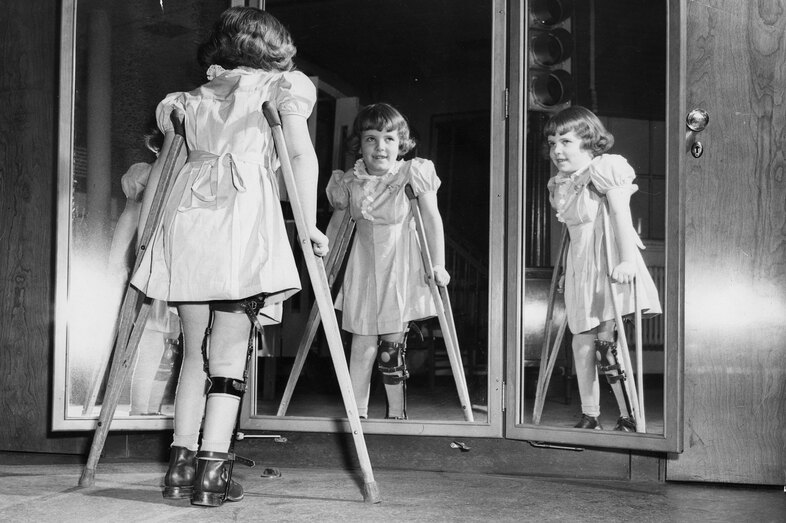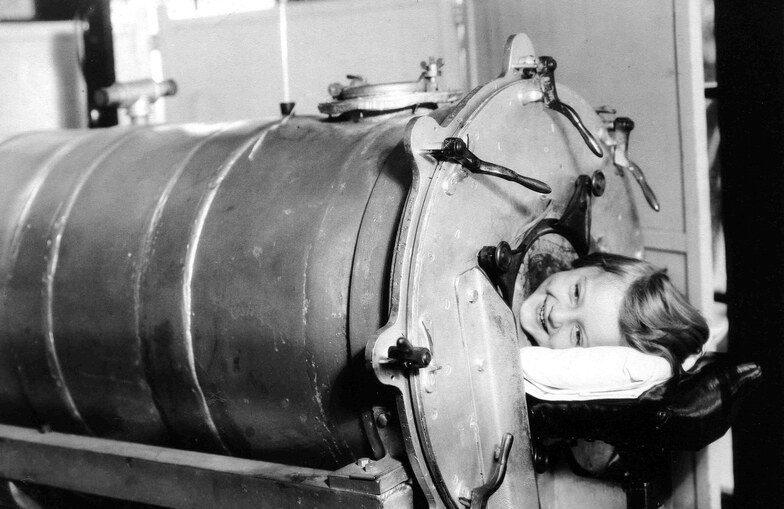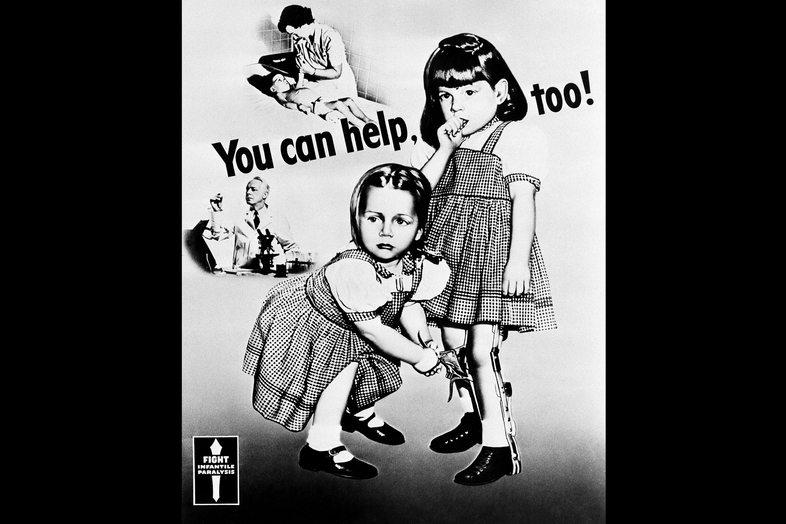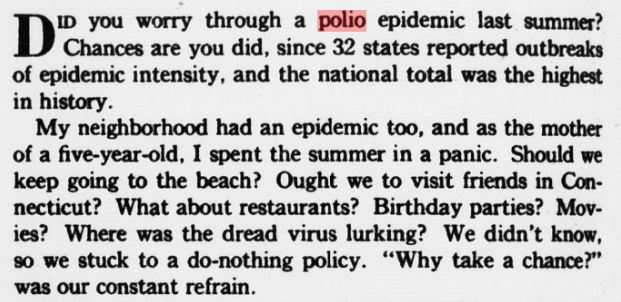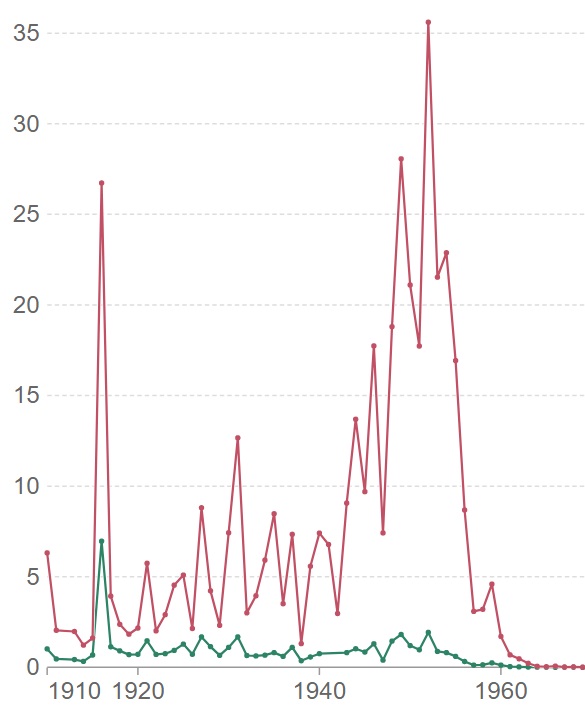Epidemics were on the rise, especially in industrialized countries like Europe and the United States (despite the rise of overall hygiene). By the mid-20th century, hundreds of thousands of children were affected by polio annually.
In addition, the polio epidemics affected not only those afflicted with polio, but also the everyday lives among the people who are afraid of contracting it. People cancelled events, public places closed, and many fled their homes to escape it.
